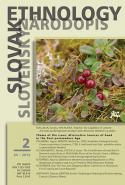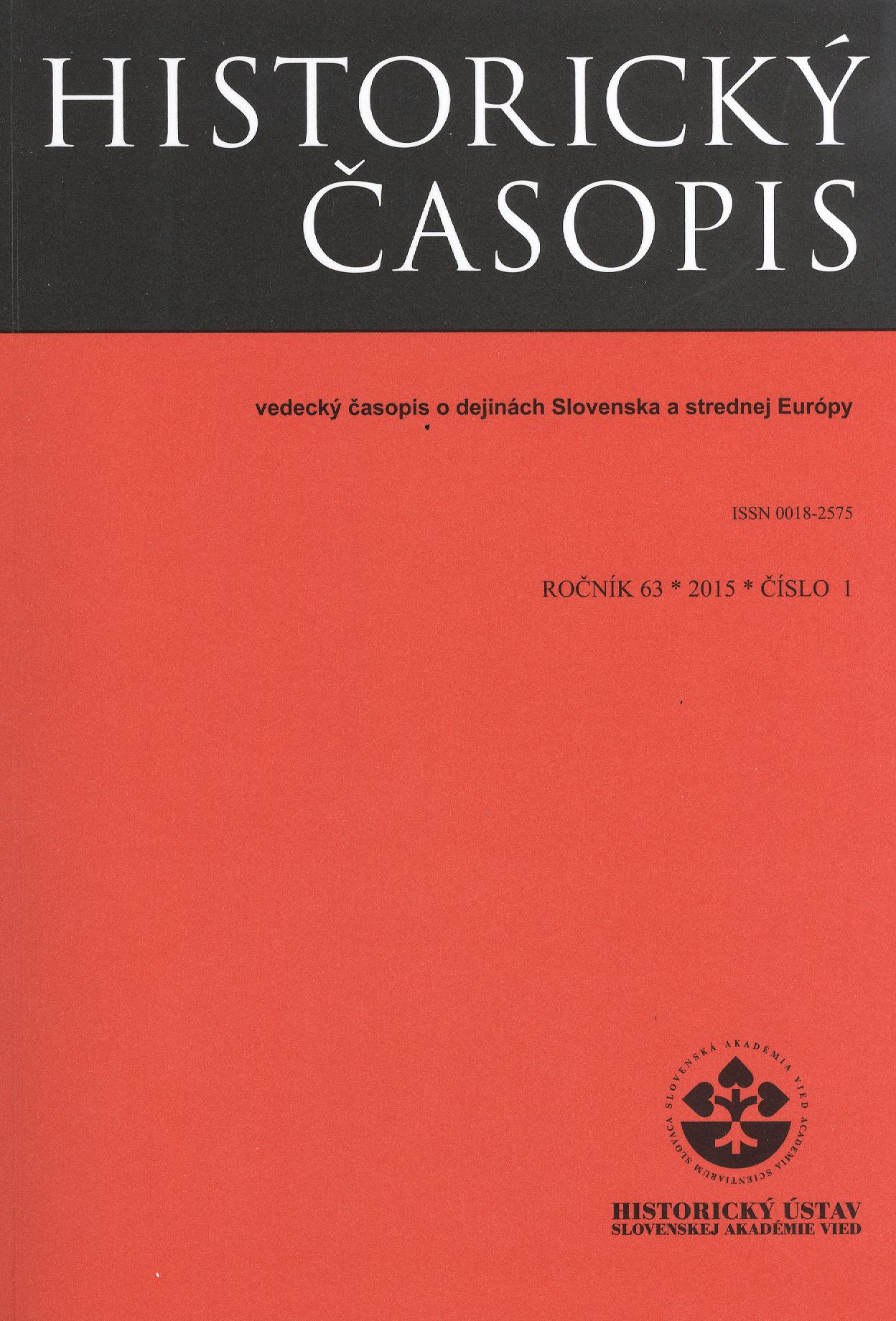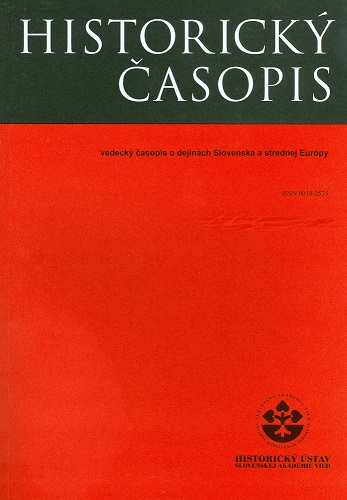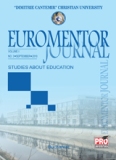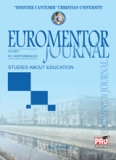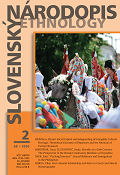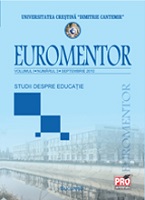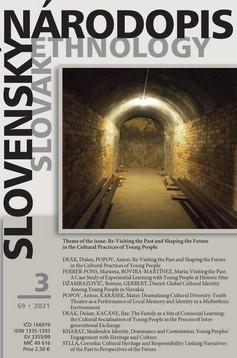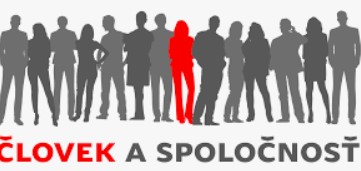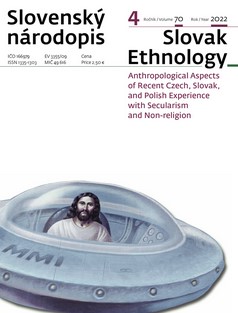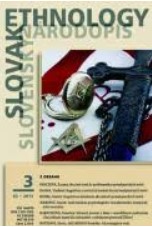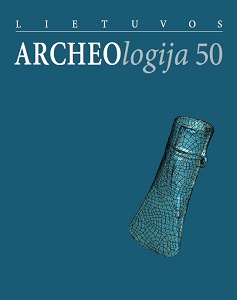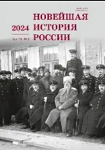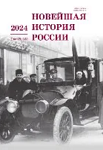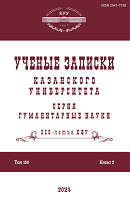Author(s): Dana Vedra / Language(s): English
Issue: 1/2022
Introduction: The paper is divided into three chapters. In the first part, the author would like to introduce the topic and its research in the Czech Republic. The second part focuses on the forced displaced area in Bohemia due to the building of the biggest military area in the protectorate called “Waffen-SS Böhmen (Beneschau)”. After a short history, the author will show the response in the periodical press. The third focuses on the resettlement of the villages from the Drahansko Highlands and the reports on it in the press between 1945 and 1955. Between 1940 – 1945, some Czech areas including towns, villages and hamlets in Bohemia and Moravia (the Protectorate of Bohemia and Moravia at that time) had to be moved due to the building and expansion of military training grounds. The result of these migration flows resulted in over 123 villages and towns with more than 15,000 families, in total over 56,000, being people impacted by this building of militarised areas. In the war press, one can observe the announced orders, which were mostly positively received by the Czechoslovak public, in part, due to the bad experience with Western states, resulting from the Munich Agreement in 1938. The Nazi war policy and the reckless displacement of the abovementioned localities in the protectorate only deepened and confirmed these ideas. It also guaranteed the approval of these plans on an international scale. Objectives: The author follow the clear lines of post-war Central European politics, an important pillar of which was the national revival and the expulsion of the three-million-strong German ethnic group from Czechoslovakia. Conclusion: Certain forms of propaganda of the new orders and parties could be followed in the post-war press. It was primarily the output body of individual political parties. There was no longer a pluralist democracy as it was before 1938. Publications published by banned political parties ceased to exist. As a result, citizens’ awareness was significantly distorted. The leading political group was the Communist Party of Czechoslovakia, which was supported by a large part of the Czechoslovak population. The emphasis was on a consistent resettlement campaign, of which one of the forms was the renaming of towns, villages, and other geographical areas. The most important and significant problems in the press were the catastrophic economic afterwar conditions. According to the press, with the newly-settled municipalities returned from military districts, a successful solution to these problems was in the form of a unified agricultural cooperative in the municipalities of the Drahansko Highlands. It could therefore be said that collective farms had not been established in the Czechoslovak Republic after the February coup in 1948, but much earlier. Above all, the press was used to promote to farmers the joining to these units. In the conclusion, the author summarizes her research and draws four main conclusions from the previous chapters by focussing on the main question of how the printed press worked as a propaganda tool for the post-war establishment of Czechoslovakia.
More...
